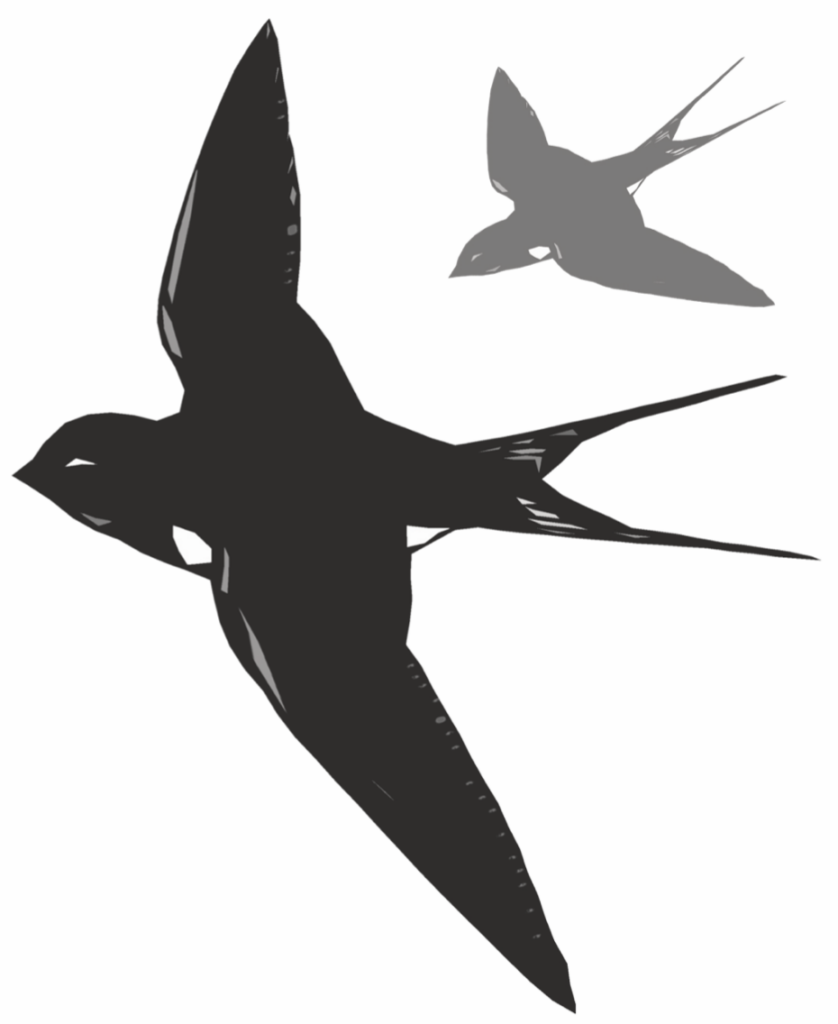Life is a gift we must return one day, the bond breaks and, feather-light, we must travel on – until someone tells our story. Then, mysteriously, some part of us returns.
Dan Yashinsky, Storyteller

In 2019, I completed my training in dignity therapy at the German Society for Patient Dignity in Mainz. Dignity therapy was developed by the Canadian palliative psychologist Harvey M. Chochinov on the basis of research. I attended the advanced seminar in 2021.
Dignity therapy forms the basis of my Story Care offering – through it, I have found a wonderful way to combine my love of writing with palliative care. While dignity therapy considers itself a psychological intervention, I wholeheartedly believe in the power of storytelling, which is why I call my work ‘story care’ and the resulting document ‘palligraphy’, a neologism made up of the terms palliative and biography.
The power of storytelling in end-of-life care
Storytelling is as old as mankind – even thousands of years ago, people sat around campfires and shared their adventures, but also their grief. It has been proven that telling our story can calm our nervous system and even regulate the release of hormones in the brain. Even during the first meeting, I often experience how the person I’m talking to becomes increasingly relaxed and at the same time more alert and focussed. This can also be explained scientifically: where stress hormones such as adrenaline and cortisol previously held sway, dopamine, endorphin and oxytocin are now allowed to spread – for more concentration, joy, connection and empathy.
Honouring the sad moments as well
My approach also differs in that, in addition to the appreciative review of the life lived, the feelings and thoughts with regard to the impending death can also be expressed. While dignity therapy focuses primarily on the positive things in its retrospective, palligraphy deliberately also provides a refuge for the sad moments of life and death, with which terminally ill people can sometimes feel very alone. People who have taken part in the project often find it a little easier afterwards to give their inner consent to their situation and to consciously organise their last weeks or months of life, as well as their farewell.
A document created by a loved one can also provide comfort to friends and relatives in times of grief. It is comforting and helpful to know how a person would like to be remembered and which things were most important to them in life – and sometimes also how they imagined the ‘afterlife’.
I don’t want to do without the flexible catalogue of questions that Professor Chochinov developed with his Canadian research team in the future – it forms a great basis and structure for my conversations. However, I have supplemented it with new ideas from my practical experience with my patients and also incorporated my flair for storytelling. I like it when a flowing and self-contained story is created at the end. Of course, the other person always decides what they want to talk about – or what they prefer not to talk about.
A small excerpt from the catalogue of questions:
If you were to travel through your life and had to stop at a station where you were particularly happy – at what time would that be?
Is there something you are particularly proud of? For example, a professional or private area of responsibility?
Is there anything you have learnt about life that you would like to pass on to others? What do you think is important in life?
What would you like to pass on to those you care about for the future? Do you have any particular wishes or hopes for them?
